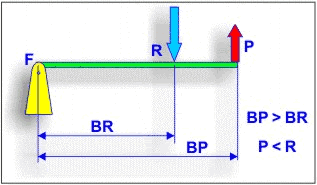Deep probe of antimatter puts Einstein’s special relativity to the test.
By @NewsfromScience

Hacer click en la imagen para ampliar
After decades of effort, physicists have probed the inner working of atoms of antihydrogen—the antimatter version of hydrogen—by measuring for the first time a particular wavelength of light that they absorb.
The advance opens the way to precisely comparing hydrogen and antihydrogen and, oddly, testing the special theory of relativity—Albert Einstein’s 111-year-old theory of how space and time appear to observers moving relative to one another, which, among other things, says that nothing can move faster than light.
"It's a stunning result," says Alan Kostelecky, a theorist at Indiana University in Bloomington who was not involved in the work.
For decades, experimenters have dreamed of measuring the spectrum of light absorbed by antihydrogen, Kostelecky says.
"Here it is.
They're doing it now."
Just as an atom of hydrogen consists of an electron bound to a proton, antihydrogen is an antielectron (or positron) bound to an antiproton.
Of course, antihydrogen doesn't occur in nature.
Because matter and antimatter particles annihilate each other, antihydrogen would vanish as soon as it touched matter.
So physicists must make the stuff in the lab.
Still, they expect the properties of antihydrogen to exactly mirror those of hydrogen.
IMG ![]()
Related networks
:







